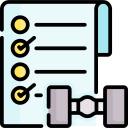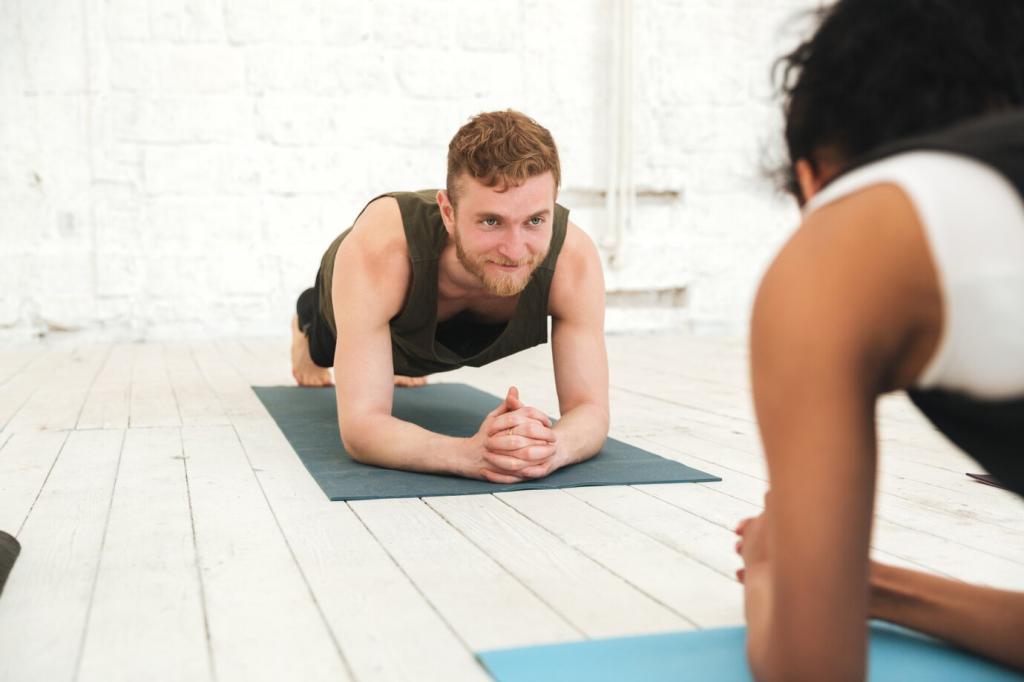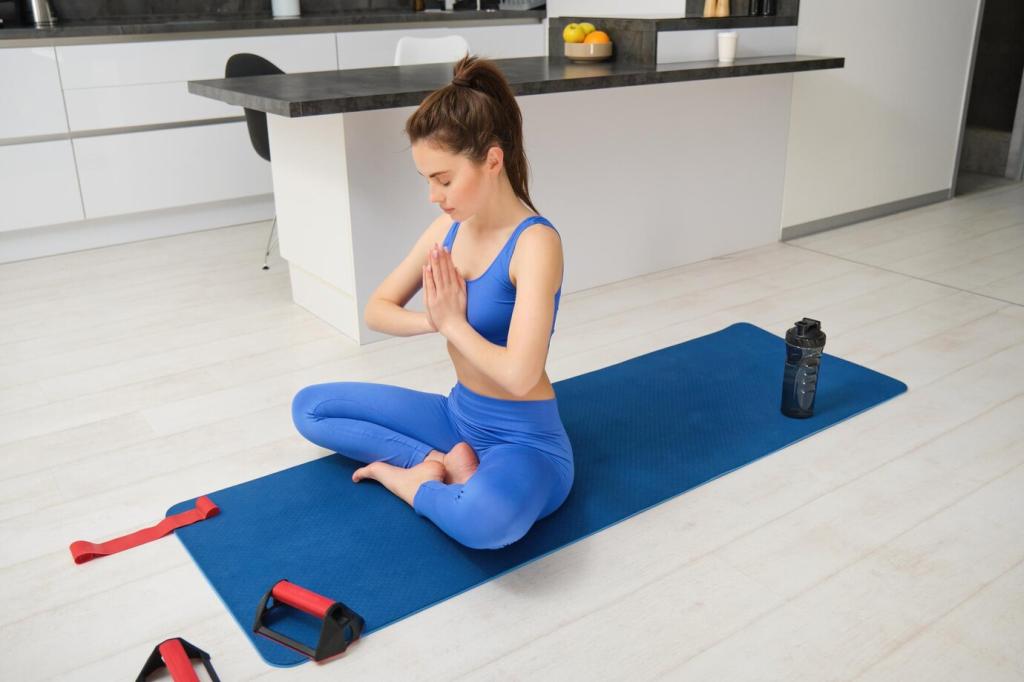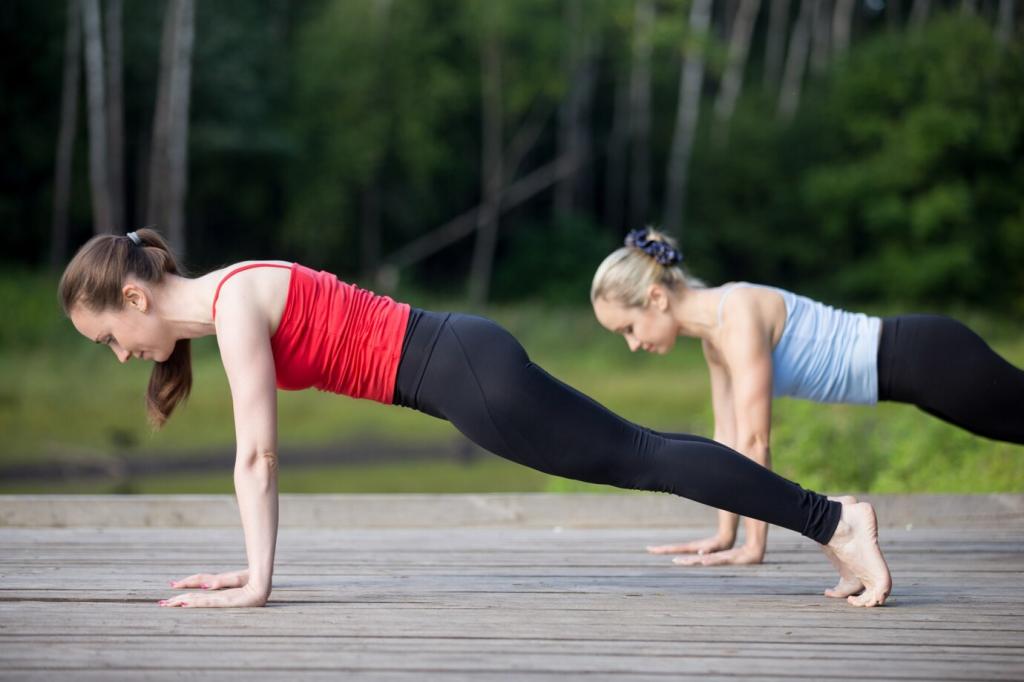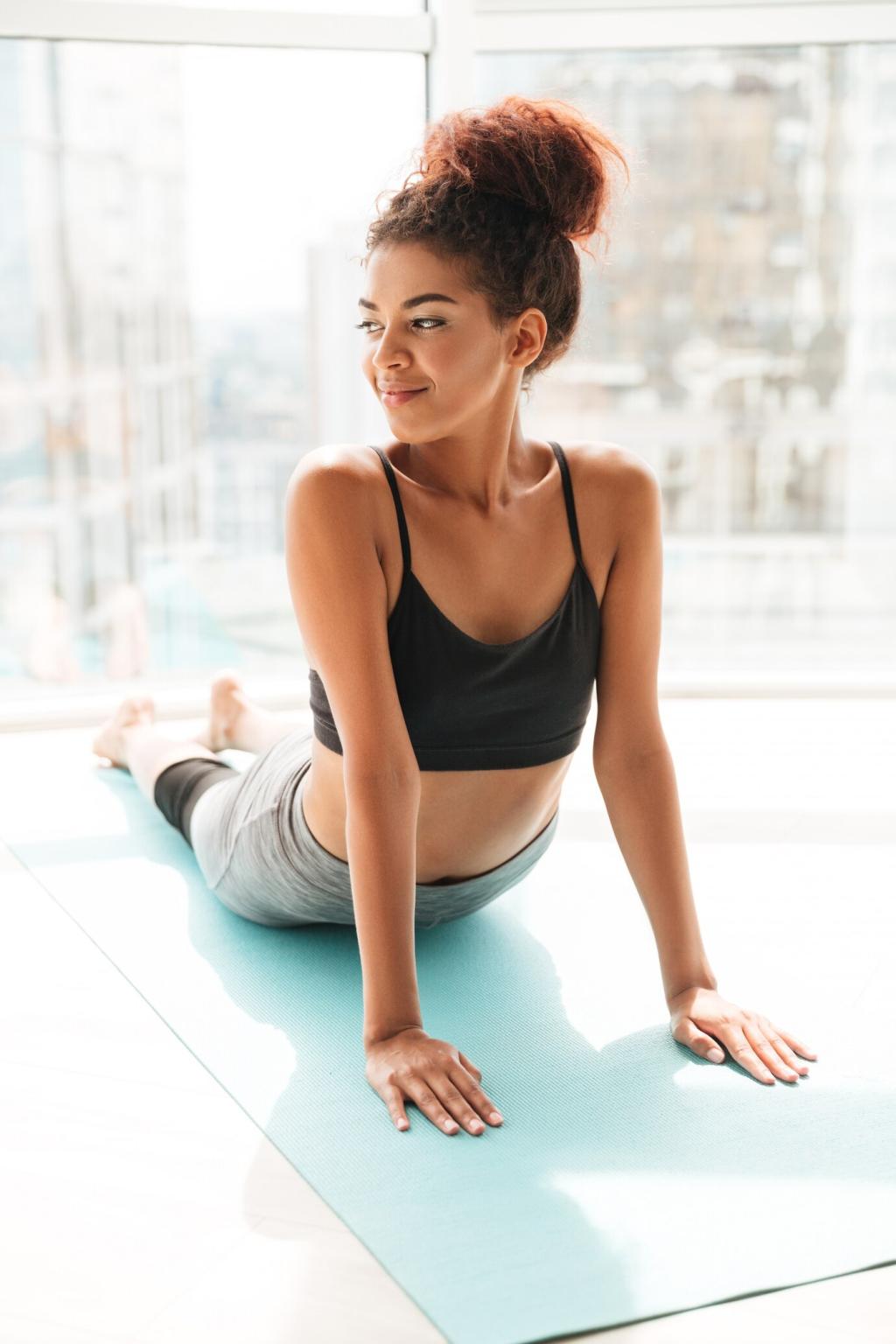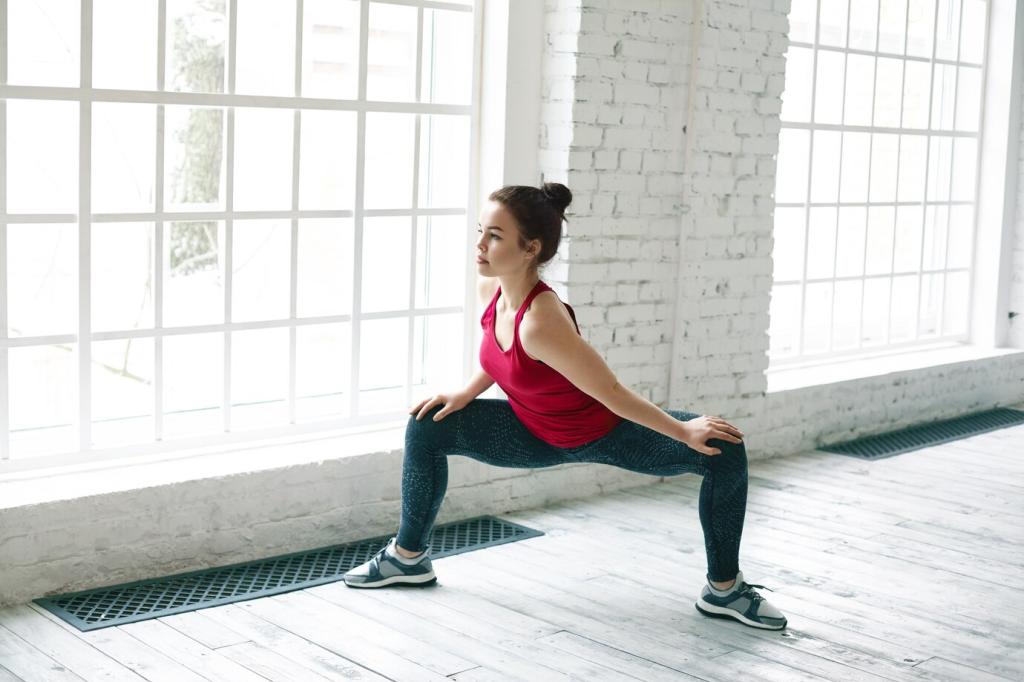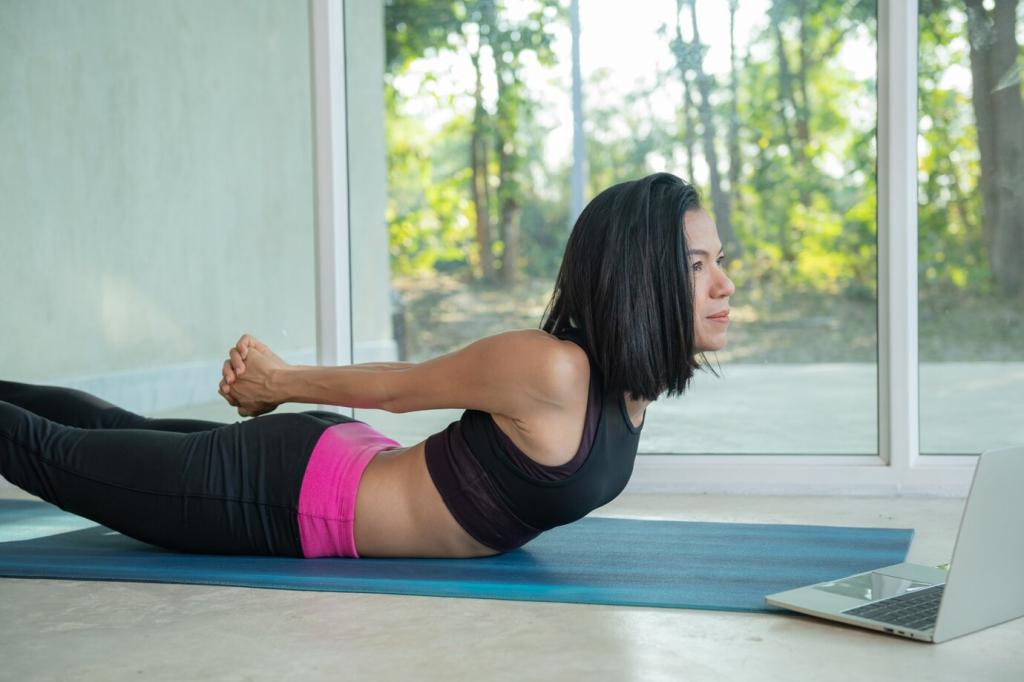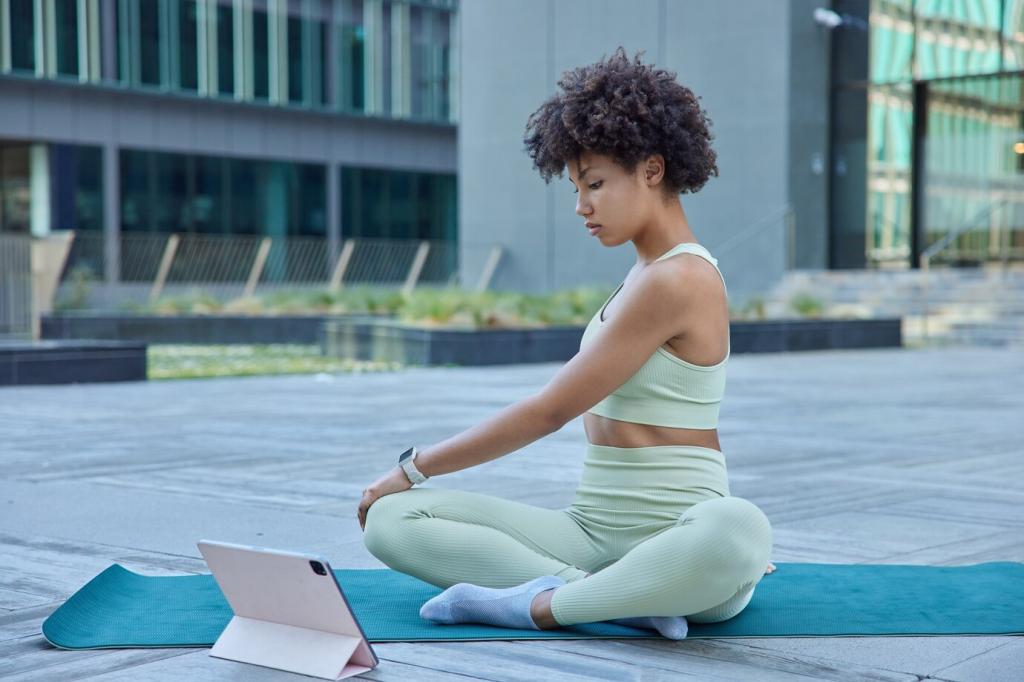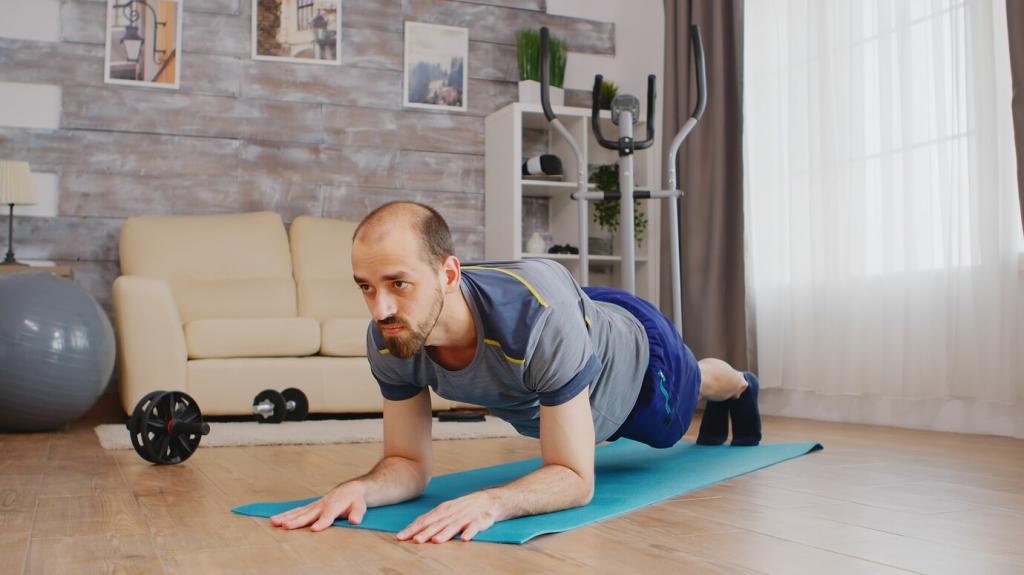Kettlebell or Not? When to Add One
Look for a smooth, roomy handle that fits both hands. Many beginners start around 8–12 kg, adjusting by comfort and coaching. If in doubt, go lighter, master technique, and progress. Stability and control outrank ego every single training day.
Kettlebell or Not? When to Add One
A neighbor, Sofia, learned swings after weeks of hinge practice with a dowel. Her back felt better, not worse, because form led load. Practice deadlifts and hikes first, then introduce swings. Share your hinge wins—your experience could guide another beginner.
